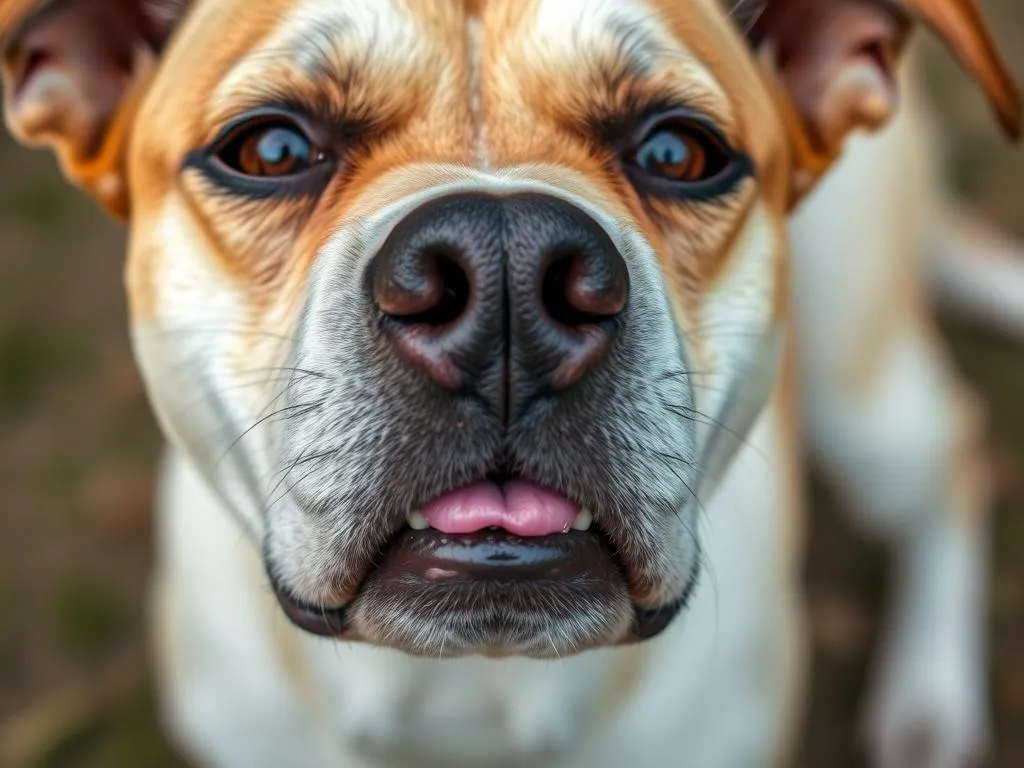
Understanding the health of our canine companions is essential for any responsible dog owner. Dogs, much like humans, can experience various health issues that require attention and care. One such concern that may not be immediately recognized is whether dogs get chapped lips. This condition, while often overlooked, can affect a dog’s quality of life and overall health. In this article, we will delve into the intricacies of dog lip health, identify the causes and symptoms of chapped lips, and explore prevention and treatment options.
Understanding Dog Lip Health
Anatomy of a Dog’s Lips
A dog’s lips are not just for aesthetics; they play a vital role in communication and health. The structure of a dog’s lips consists of skin, muscle, and connective tissues, which allow for a range of movements essential for eating, drinking, and expressing emotions. The lips are also sensitive and can detect touch, temperature, and taste, contributing to a dog’s overall sensory experience.
Healthy lips help dogs interact with their environment, engage with their owners, and perform daily activities. Understanding the importance of lip health is crucial, as compromised lip conditions can indicate underlying health issues.
Common Lip Conditions in Dogs
Dogs can experience various lip conditions, including:
- Chapped Lips: Dry, cracked lips that may cause discomfort.
- Lip Fold Dermatitis: Inflammation and infection in the folds of skin around the lips.
- Tumors or Growths: Abnormal growths that may be benign or malignant.
- Allergic Reactions: Swelling and irritation caused by allergens.
Recognizing the signs and symptoms of these conditions can aid in early detection and treatment.
Do Dogs Get Chapped Lips?
Defining Chapped Lips in Dogs
Chapped lips in dogs refer to the condition where the lips become dry, cracked, and inflamed. This is similar to what humans experience but may manifest differently in dogs due to their unique anatomy and behavior. While chapped lips are often a cosmetic concern, they can also indicate discomfort or underlying health issues that need attention.
Causes of Chapped Lips in Dogs
Several factors can contribute to the development of chapped lips in dogs:
- Environmental Factors: Extreme weather conditions, such as cold or dry air, can lead to dehydration and dry skin, making lips more prone to chapping.
- Allergies: Dogs can suffer from allergies to certain foods, pollen, or chemicals, leading to lip irritation and inflammation.
- Health Issues: Conditions such as dehydration, infections, or skin disorders can also result in chapped lips.
- Other Contributing Factors: Poor diet or grooming habits may exacerbate lip health issues. For example, a lack of omega fatty acids in a dog’s diet can affect skin health.
Symptoms of Chapped Lips
Recognizing the symptoms of chapped lips in dogs is essential for timely intervention. Common signs include:
- Visual Signs: Cracking, redness, swelling, or peeling skin on the lips.
- Behavioral Signs: Increased licking of the lips, signs of discomfort, or reluctance to eat or drink.
If you notice your dog exhibiting these symptoms, it’s crucial to evaluate their lip health promptly.
Prevention of Chapped Lips
Hydration and Nutrition
Maintaining proper hydration and a balanced diet is key to preventing chapped lips in dogs. Ensure your dog has access to fresh water at all times. Additionally, a diet rich in vitamins and fatty acids supports overall skin health. Consider incorporating foods or supplements high in omega-3 and omega-6 fatty acids, such as fish oil, to promote healthy skin and lips.
Environmental Management
Protecting your dog from extreme weather conditions can significantly reduce the risk of chapped lips. During cold or dry spells, consider using doggy jackets and keeping them indoors as much as possible. For indoor environments, maintaining adequate humidity levels can help prevent dry skin.
Grooming and Care
Regular grooming practices are essential for maintaining lip health. Brush your dog regularly to remove debris and stimulate circulation. Additionally, consider using specialized products like dog-safe lip balms or moisturizers to keep their lips hydrated.
Treatment Options for Chapped Lips
Home Remedies
Several natural remedies can help soothe chapped lips in dogs:
- Coconut Oil: Applying a small amount of organic coconut oil can provide hydration and promote healing.
- Aloe Vera: Known for its soothing properties, aloe vera can help alleviate discomfort. Ensure it’s pet-safe and suitable for your dog.
- Chamomile Tea: A cooled chamomile tea bag can be applied to the lips for its anti-inflammatory properties.
However, it’s essential to avoid using products that contain harmful ingredients. Always consult with your veterinarian before trying any home remedies.
Veterinary Care
If your dog’s chapped lips persist or worsen, it’s time to seek professional help. A veterinarian can diagnose the underlying cause and recommend appropriate treatments, which may include:
- Topical Treatments: Prescription creams or ointments may be necessary for severe cases.
- Allergy Testing: If allergies are suspected, your vet may recommend testing to identify triggers.
- Medications: In cases of infections or underlying health issues, your dog may require medications or other treatments.
Monitoring and Follow-Up
Monitoring your dog’s recovery is crucial. Keep an eye on their lips for signs of improvement or any new symptoms that may arise. If there’s no improvement within a few days of treatment, or if symptoms worsen, return to your veterinarian for further evaluation.
Frequently Asked Questions (FAQs)
Can Chapped Lips Lead to Other Health Issues?
Yes, untreated chapped lips can lead to more severe health problems, including infections or chronic discomfort. If the condition becomes severe, it may cause your dog to stop eating or drinking, leading to additional health complications.
Are Certain Breeds More Prone to Chapped Lips?
Certain breeds with prominent lips or skin folds, such as Bulldogs or Pugs, may be more susceptible to lip conditions. However, dogs of any breed can develop chapped lips based on environmental factors and overall health.
How Can I Tell if My Dog’s Lips Are Healthy?
Healthy lips in dogs should appear moist, smooth, and free of cracks or sores. The color should be consistent with your dog’s overall coat color. Regular inspections during grooming can help ensure their lips remain in good condition.
Conclusion
Maintaining your dog’s lip health is an essential aspect of overall canine care. By understanding the causes and symptoms of chapped lips, you can take proactive measures to prevent this condition and ensure your furry friend remains comfortable and healthy. Regular veterinary check-ups and attentive care will help you catch any issues early, allowing for timely intervention and treatment. Prioritize your dog’s health, and they will thrive by your side.









